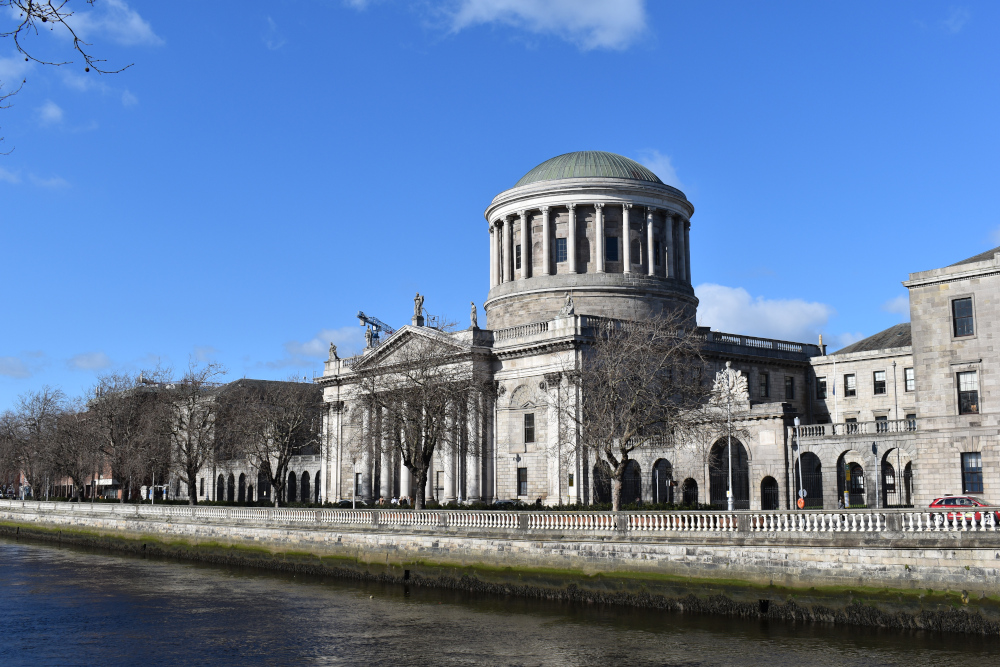High Court: Personal Injuries Guidelines do not apply to child sexual abuse cases

The High Court has confirmed that the Personal Injuries Guidelines do not apply to child sexual abuse cases in circumstances where such claims do not fall within the definition of “personal injuries action” under s.22 of the Civil Liability and Courts Act 2004, as amended by the Judicial Council Act 2019.

About this case:
- Citation:[2025] IEHC 421
- Judgment:
- Court:High Court
- Judge:Ms Justice Emily Egan
Delivering an judgment for the High Court, Ms Justice Emily Egan remarked that it was “no surprise that the Guidelines do not purport to assess damages for child sexual abuse and that they do not reference the various aspects of injury which the jurisprudence on deliberate torts, assaults, battery and rape take into account; such as the impact of a continuum of abuse, the specific acts of abuse and the likely lifelong impact of such events occurring in a child’s formative years.”
Background
In 2001, the plaintiff was taken into the care of the second defendant, Tusla, who subsequently placed her in foster care with the first defendant, Mr Murray.
When the plaintiff was 11 years of age, Mr Murray started to sexually abuse her. The abuse, which included rape, continued until the November or December 2015, when the plaintiff was eighteen years old.
In July 2019, the plaintiff reported the abuse to Gardaí. Her report led to Mr Murray being convicted of rape and being sentenced to 12 years in prison.
Thereafter, the plaintiff issued proceedings seeking damages for negligence as against Tusla for placing her in the foster care of Mr Murray, and damages for personal injuries and rape, sexual assault, battery, false imprisonment and trespass to person as against Mr Murray.
The plaintiff mediated a settlement with Tusla in the amount of €250,000 plus High Court costs, and the case as against Tusla was struck out. It was an express term of the settlement that the plaintiff maintained her right to pursue her claim against Mr Murray.
On 19 February 2024, the plaintiff secured judgement in default of appearance as against Mr Murray, with damages falling to be assessed by a judge sitting without a jury.
The High Court
Having considered the evidence and submissions of the parties, Ms Justice Emily Egan considered the legal principles relating to general damages for child sexual abuse.
The court turned to MN v. SM [2005] 4 IR 461 as the preeminent authority in this respect, noting that the Court in MN had considered the Book of Quantum and so a consideration of the modern Personal Injuries Guidelines was necessitated, notwithstanding that they, like the Book of Quantum, do not deal expressly with damages for child sexual abuse.
Having regard to the factors affecting awards for psychiatric injury in the Guidelines, Ms Justice Egan noted that the quantum of general damages for psychiatric injury is considerably less than the amounts which were awarded in MN and other cases of severe child sexual abuse.
Finding that this differential may be partly attributable to the fact that the plaintiff’s psychiatric condition is but one component of the wider injury inflicted upon her, the judge concluded that the figures set out in the Guidelines for psychiatric damage could not represent the appropriate compensation band for a case such as that before her.
Observing that the decision in MN went further than enjoining a court assessing general damages to assess fairness to the plaintiff, fairness to the defendant and proportionality to the general scheme of damages awarded by a court, Ms Justice Egan considered that while the principal factor for consideration is the nature and duration of the psychological injury suffered, this is aligned with the nature and severity, timing and duration of the sexual abuse suffered, matters not reflected in the Guidelines.
Applicability of the Personal Injuries Guidelines
As to whether the Guidelines applied to the case before her, the court had regard to the Civil Liability Act 1961, the Personal Injuries Assessment Board Act 2003, the Civil Liability and Courts Act 2004 as amended by the Judicial Council Act 2019.
The court firstly determined that the plaintiff’s cause of action would be encompassed by the definition of “personal injury” under the 1961 Act, and secondly determined that the scope of the 2003 Act, applicable to civil actions, is not delineated by the nature of the wrong committed or the specific cause of action giving rise to the injuries for which compensation is claimed.
Turning to the 2004 Act, the court focused on the contrasting definitions of “civil wrong” in the 2003 Act and “personal injuries action” in the 2004 Act, the latter of which excludes actions where damages sought include damages for false imprisonment and trespass to person.
Applying Clarke v. O’Gorman [2014] 3 IR 340, Ms Justice Egan was satisfied that civil claims for child sexual abuse fell within the 2003 Act but not the 2004 Act, and in those circumstances, the statutory requirement upon the court to have regard to the Guidelines under s.22 thereof does not apply and MN continued to be the touchstone in relation to the assessment of damages.
General and special damages
As to the upper limit on general damages, Ms Justice Egan was satisfied that notwithstanding that the Guidelines were inapplicable to the case before her, she could take judicial notice of the fact that the upper limit in the Guidelines is now €550,000 for the most serious injuries.
The judge observed that the plaintiff’s case involved a continuum of abuse and oppression, creating more an effect “more than each individual assault”, and that the plaintiff should be compensated not only for the long-term consequences of her abuse but for the immediate physical trauma and humiliation of each rape.
Finding that the plaintiff had been scarred emotionally and developmentally and that lifelong consequences would persist even after intensive therapy, the court deemed the nature and severity of the abuse to be a “worst case scenario”.
Having reviewed the relevant caselaw, Ms Justice Egan determined that having regard to the depravity of the sexual abuse but also to the plaintiff’s strength and resilience, general damages fell short of the highest category of award, reaching €450,000 total for past and future pain and suffering.
The court was further satisfied that the evidence supported an award of special damages at €128,000.
Concurrent wrongdoers
As to the effect of the plaintiff’s settlement with Tusla upon her action against Mr Murray, the court was unconvinced that the defendants were not concurrent wrongdoers who caused independent items of damage to the plaintiff within the meaning of s.12(2) of the 1961 Act.
Guided by s.11(1) of the 1961 Act and the Attorney General’s submissions, Ms Justice Egan concluded that the plaintiff had suffered damage as a result of the actions of Mr Murray which were not prevented, interrupted or ameliorated by Tusla, and in all the circumstances, those parties were concurrent wrongdoers.
Accordingly, the plaintiff would be identified with Tusla under s.17(2) of the 1961 Act and the greater of the settlement payment or the amount which Tusla would have been liable to contribute if the plaintiff’s total claim had been paid by Mr Murray would be deducted from her award.
Finding Tusla’s proportionate share of liability for the plaintiff’s injury could not be said to exceed €250,000 in circumstances where the effect of its shortcomings was minor compared to the trauma caused by Mr Murray, Ms Justice Egan reduced the plaintiff’s total award to by €250,000 to €328,000.
Conclusion
Accordingly, the High Court granted judgment against Mr Murray in the amount of €328,000.
Kelly Kemmy v Stephen Murray and Tusla, The Child and Family Agency [2025] IEHC 421




